It is June 1991.
While in Croatia battles are being fought inside and outside the voting booths [you can listen to the latest episode of BarBalkans - Podcast here], in another Socialist Republic the situation is out of control.
In Slovenia, the independence referendum was held in December 1990 [The pilot episode] and in the first months of 1991 everything is ready for the separation from the Federation.
However, it does not go so smoothly.
Eventually, after the fear of an announced war, it really comes in Yugoslavia.
For Slovenia, it will be a ten-day war. For the rest of the region, there will be 10 years of ethnic conflict.
Slovenia is independent
It is June 12, when the Slovenian Parliament sets the day for the sovereignty of the new State: June 26, 1991.
The atmosphere becomes very heavy.
One of the main responsible is the Federal Secretary of People’s Defense of Yugoslavia, Veljko Kadijević, author of the RAM Plan for Croatia [February ‘91. A beginningless war].
He explains to his generals that «reunited Germany is preparing for the proclamation of the fourth Reich, which will incorporate Austria, Hungary and the Slovenian and Croatian traitors».
The soldiers of the Yugoslav People’s Army (JNA) stationed in Slovenia are warned that «the homeland has been attacked by an external enemy and must be defended».
The latter statement will be a double-edged sword: when the soldiers realize that there is no external enemy and that they are fighting the Slovenes, thousands of them will desert.
But on June 25, as the federal army machine is set in motion, the Slovenian Parliament adopts the constituent acts of the sovereign country.
Independence is proclaimed and the solemn ceremony is set for June 26 (the same is done by the Croatian Parliament, but only as a declaration of principle).
The Slovenian authorities take control of 37 border crossings points with Italy, Austria and Hungary, without shedding a drop of blood.
But as soon as the news arrives in Belgrade, the Parliament of Yugoslavia rejects the independence declaration as unlawful.
The federal government decides to take back border control, encouraged by Kadijević’s words:
«If the federal borders become State borders, I assure you that in Yugoslavia will be knee-deep in blood».
Everything is in the hands of the army.
For some time the Serbian president, Slobodan Milošević, has made clear he will not oppose the Slovenian independence, but prevent the secession of Croatia [January ‘91. The heist of the century].
Belgrade’s ultimatum to Ljubljana is set for 2:00 p.m. on June 26, the day of the independence ceremony.
The ultimatum is rejected. The new national flags are displayed at the national borders.
In response, the Slovenian airspace is closed and the JNA tanks appear at the border with Italy and Austria.
On the same evening, the Slovenian president, Milan Kučan, presides over the celebrations in Republic square.
His words show determination («We do not threaten anyone»), but also awareness of the consequences:
«Today it is still legitimate to dream, but we do not want to be under any illusions. Tomorrow will be another day, a hard day when we will have to face reality. Heaven help us!».
It is the night of June 27, when the JNA operation begins.
The Ten-Days War begins.
The Yugoslav Wars begin.
The first 4 days of war
At 2:40 a.m. the 14th Army Corps heads to Brnik, Ljubljana’s airport.
The government’s crisis cabinet, headed by the Defense Minister, Janez Janša, decides to implement what will prove to be Slovenia’s strength: the barricades tactic, to divert and cut supplies to the federal barracks.
A tactic based on the total resistance of the Slovenian Territorial Defense and the population.
However, during the day, the JNA manages to reach the border with Italy and to occupy the checkpoints.
That’s when the Italian public broadcasting company (RAI) records and transmits the first images of the war.
It is also a propaganda war, as demonstrated by Janša immediately after the shooting down of a federal helicopter, carrying food for the soldiers.
In the late evening of the first day of war, he tells journalists that the conflict has already caused «a hundred dead and wounded». Too late to check the information, because the newspapers have to go to print.
It is not true. And the shooting down of the helicopter will slip into the torrents of news.
It is June 28, a more tragic and “mediatic” day.
In response to the shooting down of the helicopter, the JNA attacks Brnik airport.
Two Austrian reporters die in the bombing. The first two in a long list of journalists killed during the Yugoslav Wars.
In the meantime, the most violent clashes between the Federal Army and the Slovenian Territorial Defense take place at the Italian border.
In particular at the Casa Rossa pass, in Gorizia. The Territorial Defense takes back control of the border crossing point, killing three JNA solders and setting a tank on fire. The night in Gorizia will be lighten up by the fire of the exploding ammunition.
European diplomatic services wake up - even if it is incapable to catch the brand new elements of this conflict [April ‘91. The sleep of Western world] - and Ljubljana gives consent for a ceasefire.
While the soldiers are still fighting for the control of borders - as it happens in Rabuiese (Trieste) - on June 29, Slovenian authorities debates on “freezing” the independence.
The European troika - formed by the Foreign Ministers of Italy, Luxembourg and the Netherlands - propose a three-month moratorium.
Despite general skepticism, President Kučan gets the green light to continue negotiating. Slovenia has already become an international partner.
However, the extenuating negotiations with the generals of the Yugoslav People’s Army frustrate all diplomatic efforts.
Janša demands that JNA soldiers return to the barracks with no weapons and combat equipment.
The answer from Yugoslavia is an ultimatum set for 9:00 a.m. on June 30:
«We are on the verge of a civil war. Ljubljana must lift the siege of the barracks and allow the units to return, unconditionally. Otherwise, the High Command is ready to implement all the necessary measures».
Again, the ultimatum is rejected.
On Sunday 30 June, Slovenia wakes up in terror. JNA aircrafts take off from the air bases of Bihać (Bosnia), Pula and Split (Croatia).
They are not fighter aircraft, but alarms are ringing in all the cities. The population will remain in shelters for hours.
The ceasefire is re-established by the efforts of Kučan and the federal Prime Minister, Ante Marković, who arrived in Ljubljana with this mission.
But the last day of June, the fourth day of war, is almost surreal.
While the situation is always on the ropes in Slovenia, a leadership handover takes place in Belgrade.
With the approval of Milošević, Croatian Stipe Mesić is elected President of Yugoslavia.
He is the last president of a Socialist Federal Republic that no longer exists.
If you liked this article, you can spread this parallel journey and the free weekly newsletter on social media:
You can also give a gift subscription to whoever you want. Don’t let this virtual trip to the Balkans get lost!
Here is the archive of BarBalkans - Podcast:








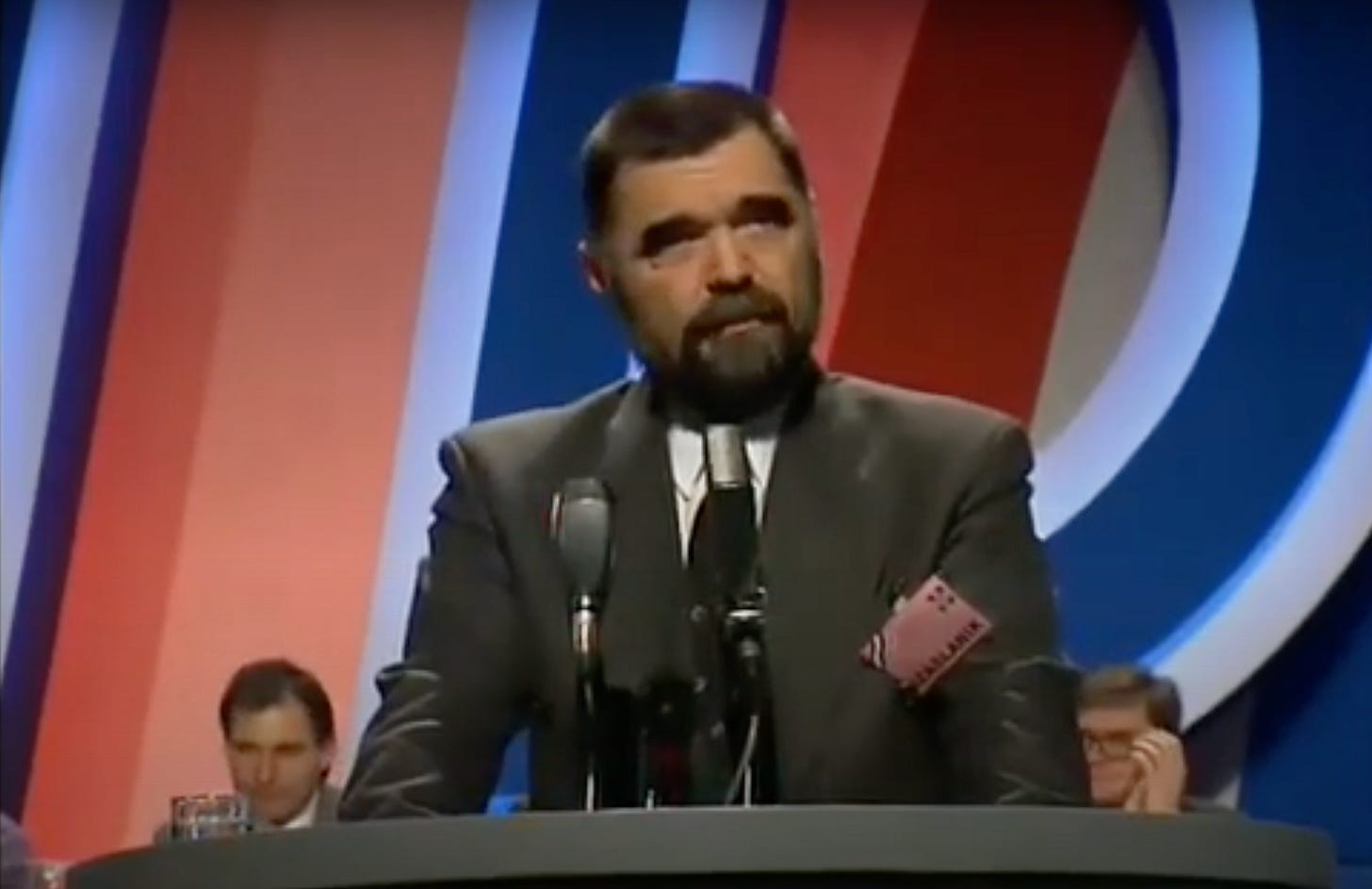

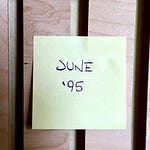
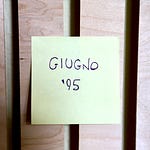
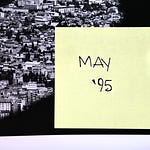
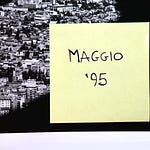

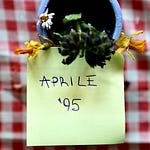
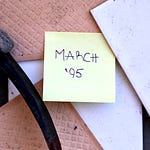
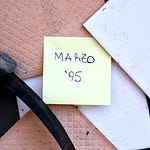
Share this post